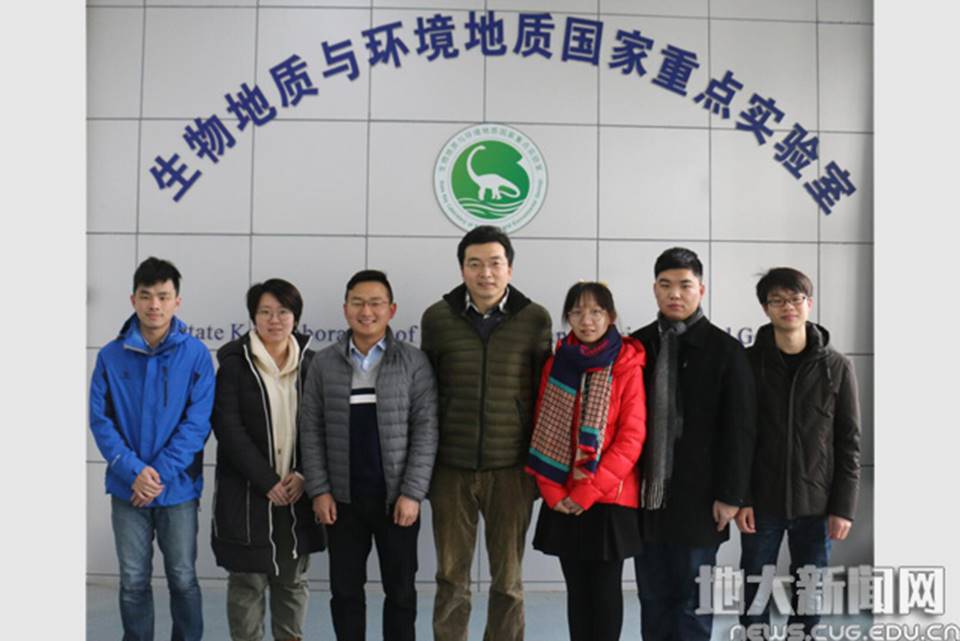CUG team led by Prof. SONG Haijun from the School of Earth Sciences and State Key Laboratory of Biogeology and Environmental Geology and the researchers from the Senckenberg Biodiversity and Climate Research Center and the University of Leeds have published “Flat latitudinal diversity gradient caused by the Permian-Triassic mass extinction” in Proceedings of the National Academy of Science of the United States of America. Prof. SONG Haijun is the first author and corresponding author.
The latitudinal diversity gradient (LDG) is recognized as one of the most pervasive, global patterns of present-day biodiversity. However, the controlling mechanisms have proved difficult to identify because many potential drivers covary in space. The geological record presents a unique opportunity for understanding the mechanisms which drive the LDG by providing a direct window to deep-time biogeographic dynamics. Here we used a comprehensive database containing 52,318 occurrences of marine fossils to show that the shape of the LDG changed greatly during the Permian-Triassic mass extinction from showing a significant tropical peak to a flattened LDG. The flat LDG lasted for the entire Early Triassic (∼5 My) before reverting to a modern-like shape in the Middle Triassic. The environmental extremes that prevailed globally, especially the dramatic warming, likely induced selective extinction in low latitudes and accumulation of diversity in high latitudes through origination and poleward migration, which combined together account for the flat LDG of the Early Triassic.
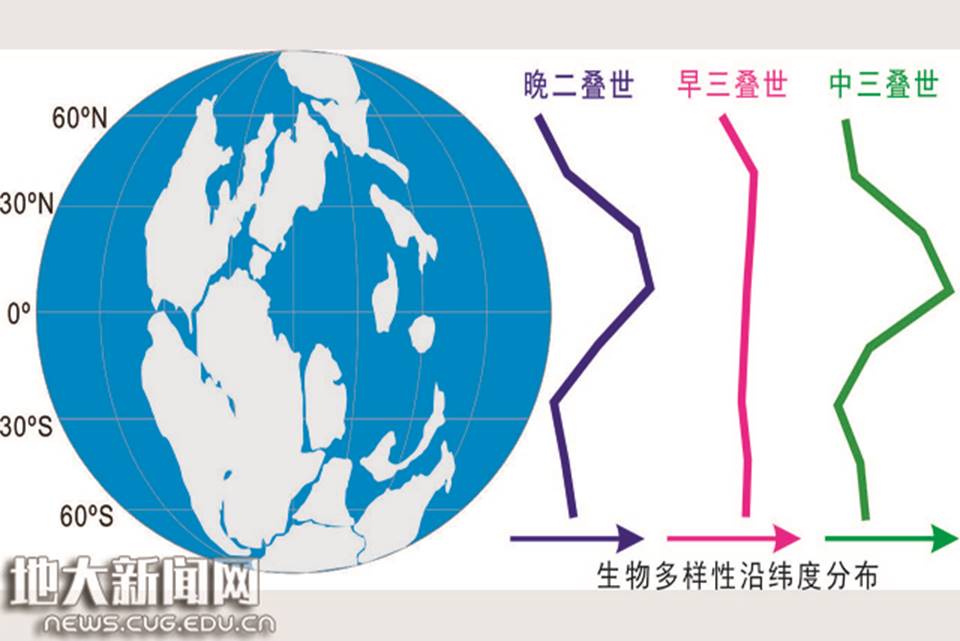
Fig. 1 The variation of latitudinal diversity gradient curves of the late Permian to the Middle Triassic
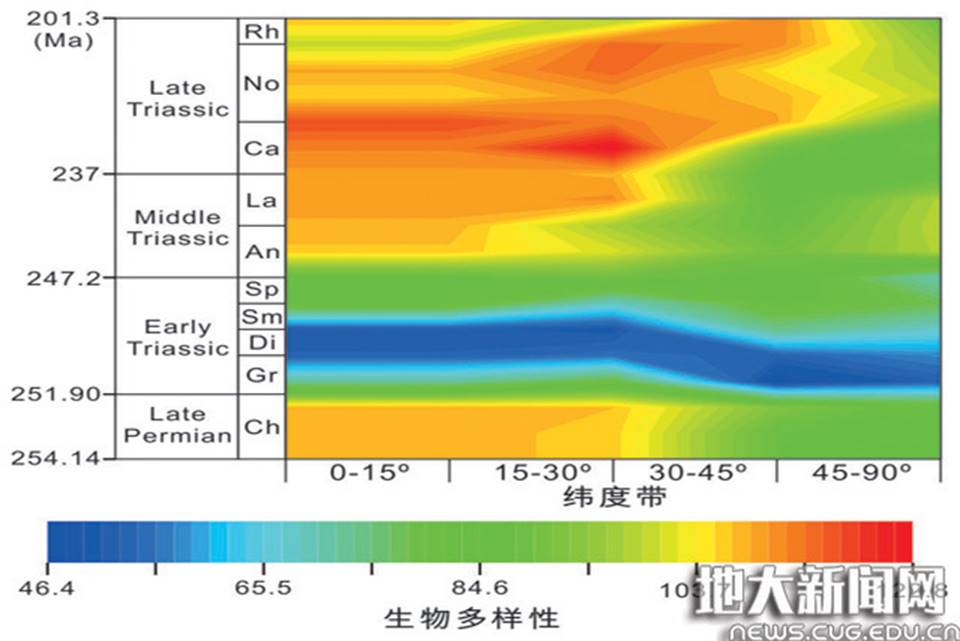
Fig. 2 The spatial and temporal variation of biodiversity
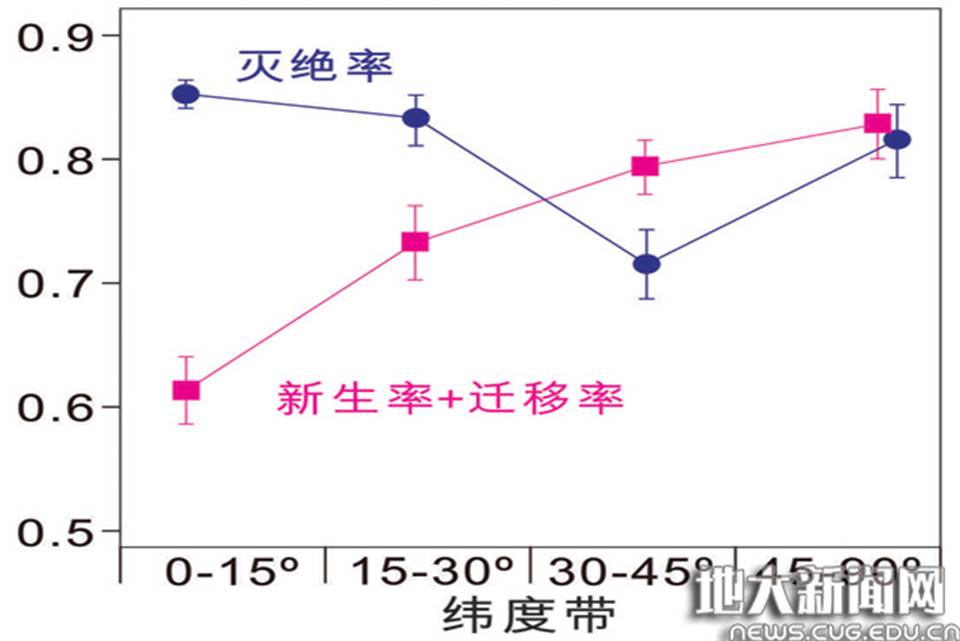
Fig. 3 Extinction rates, regeneration rates, and migration rates of organisms in different latitudes
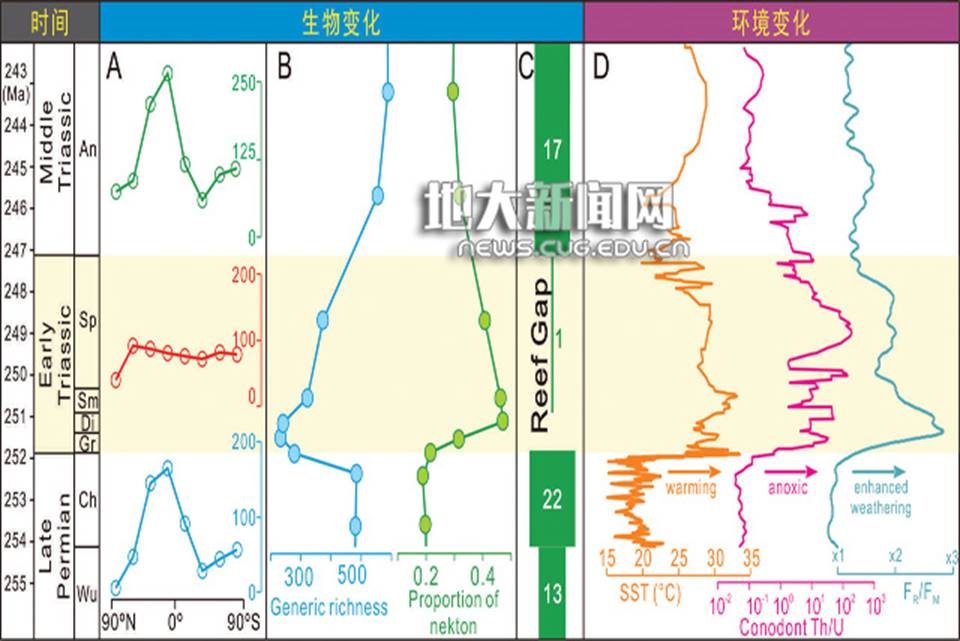
Fig. 4 Biological and environmental changes from the late Permian to the Middle Triassic
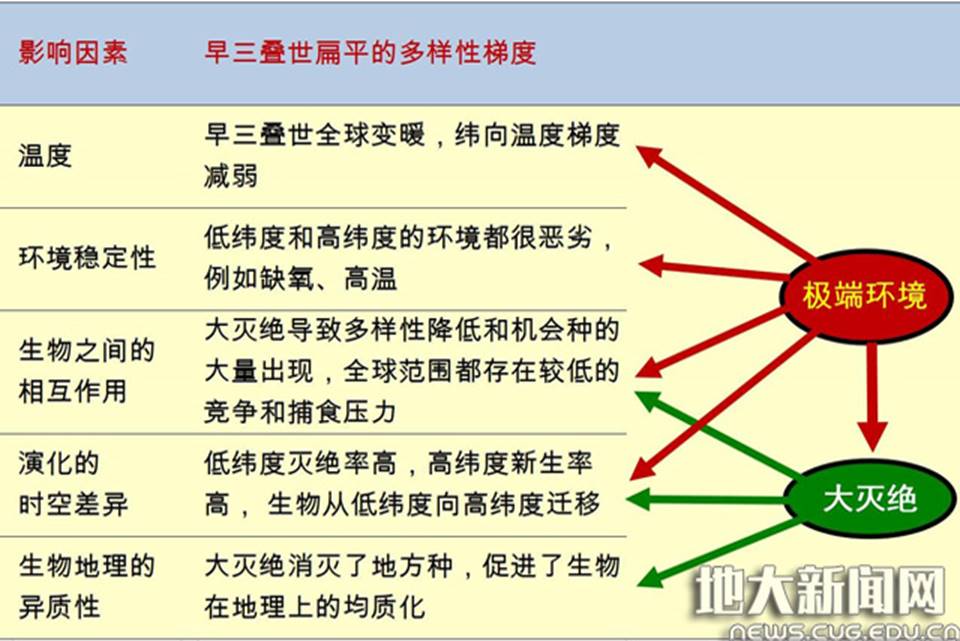
Fig. 5 Reasons for the flat latitudinal diversity gradient during the Early Triassic
